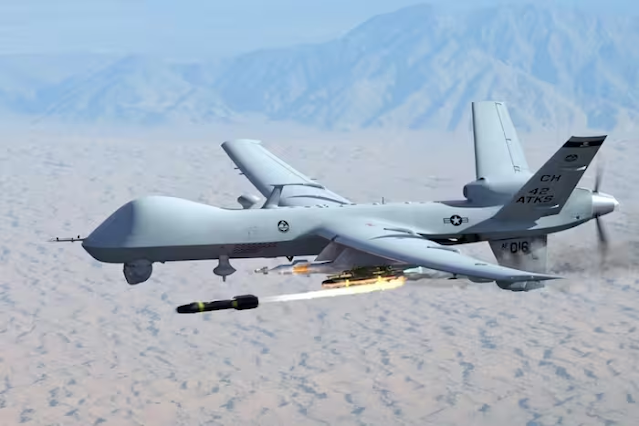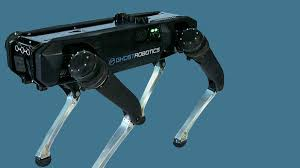INS Sandhayak Charts Its Course: Indian Navy's new era as First Survey Vessel Joins the Fleet

On February 3rd, 2024, a historic moment unfolded in Visakhapatnam as the Indian Navy formally commissioned its first Survey Vessel (Large), INS Sandhayak . This marks a significant leap forward in the Navy's hydrographic capabilities, bolstering its ability to map the vast Indian Ocean region with greater precision and detail. More Than Just a Ship: Sandhayak is not just another vessel; it's a powerhouse of advanced technology. Displacing 3, 400 tons and stretching 110 meters long, it's equipped with cutting-edge hydrographic equipment. This includes: Data Acquisition and Processing System: Processes and analyzes the collected data for detailed mapping. Autonomous Underwater Vehicle (AUV): Conducts independent underwater surveys, reaching depths inaccessible to ships. Remotely Operated Vehicle (ROV): Provides high-resolution underwater visuals for specific areas. DGPS Long-range Positioning Systems: Ensures accurate positioning and navigation. Digital Side-Scan





